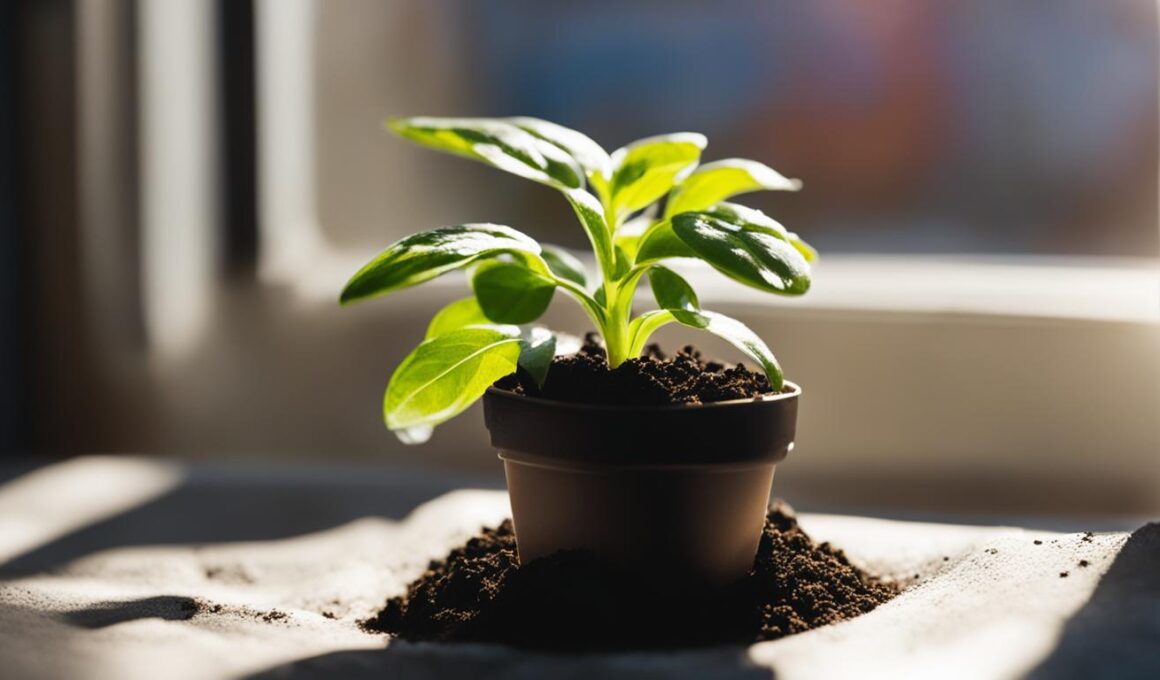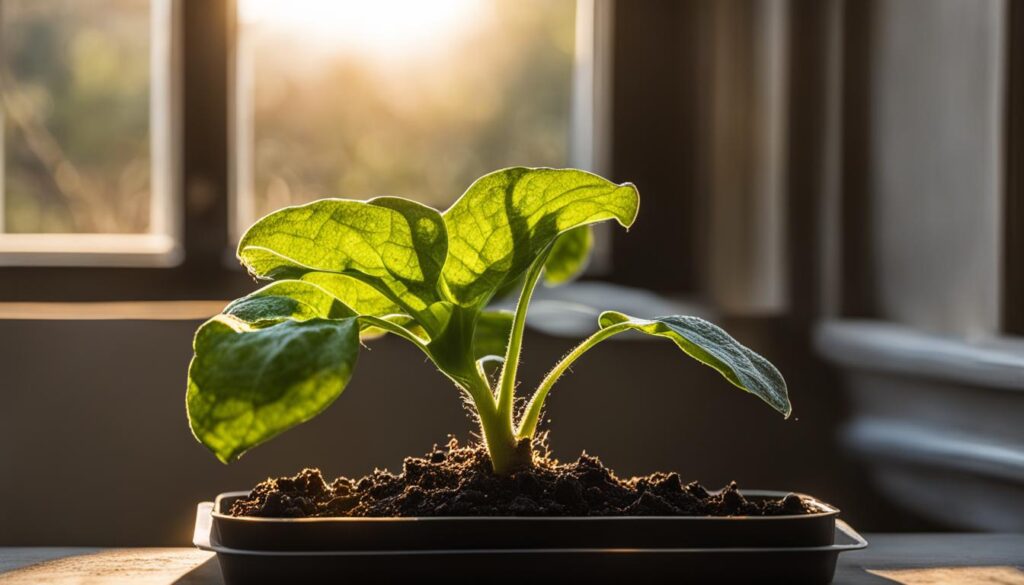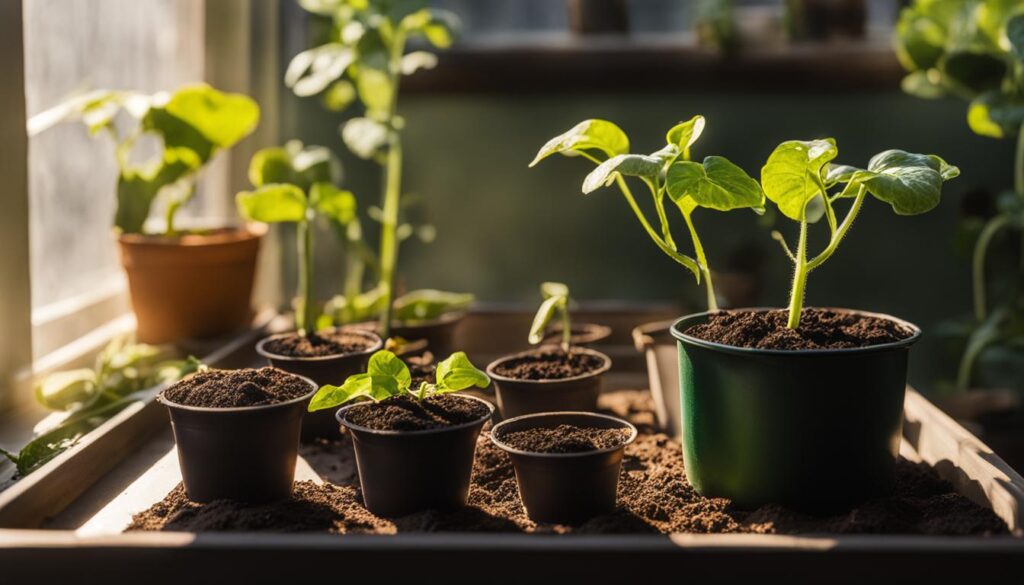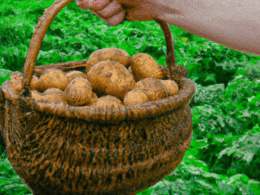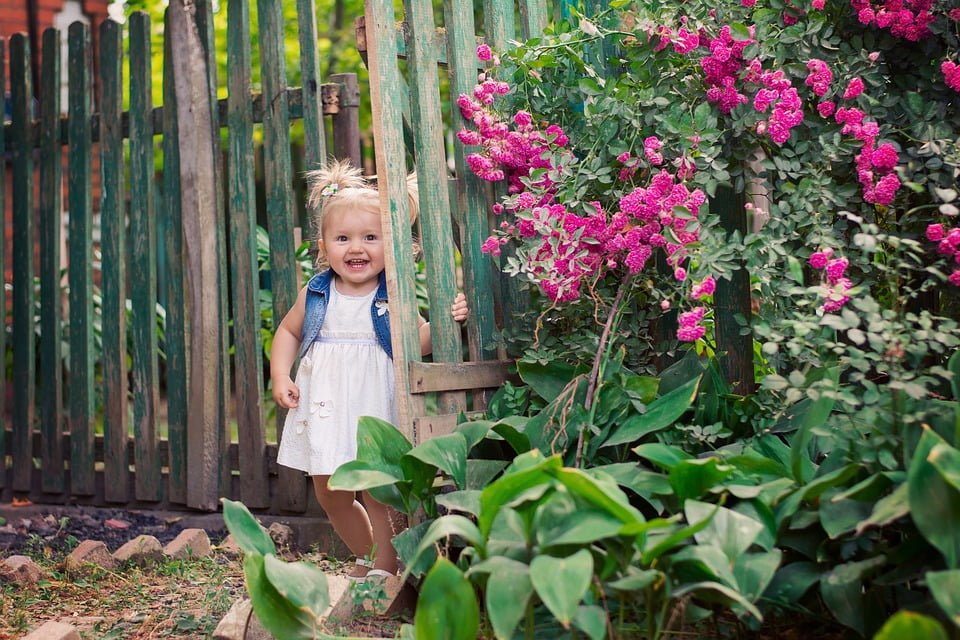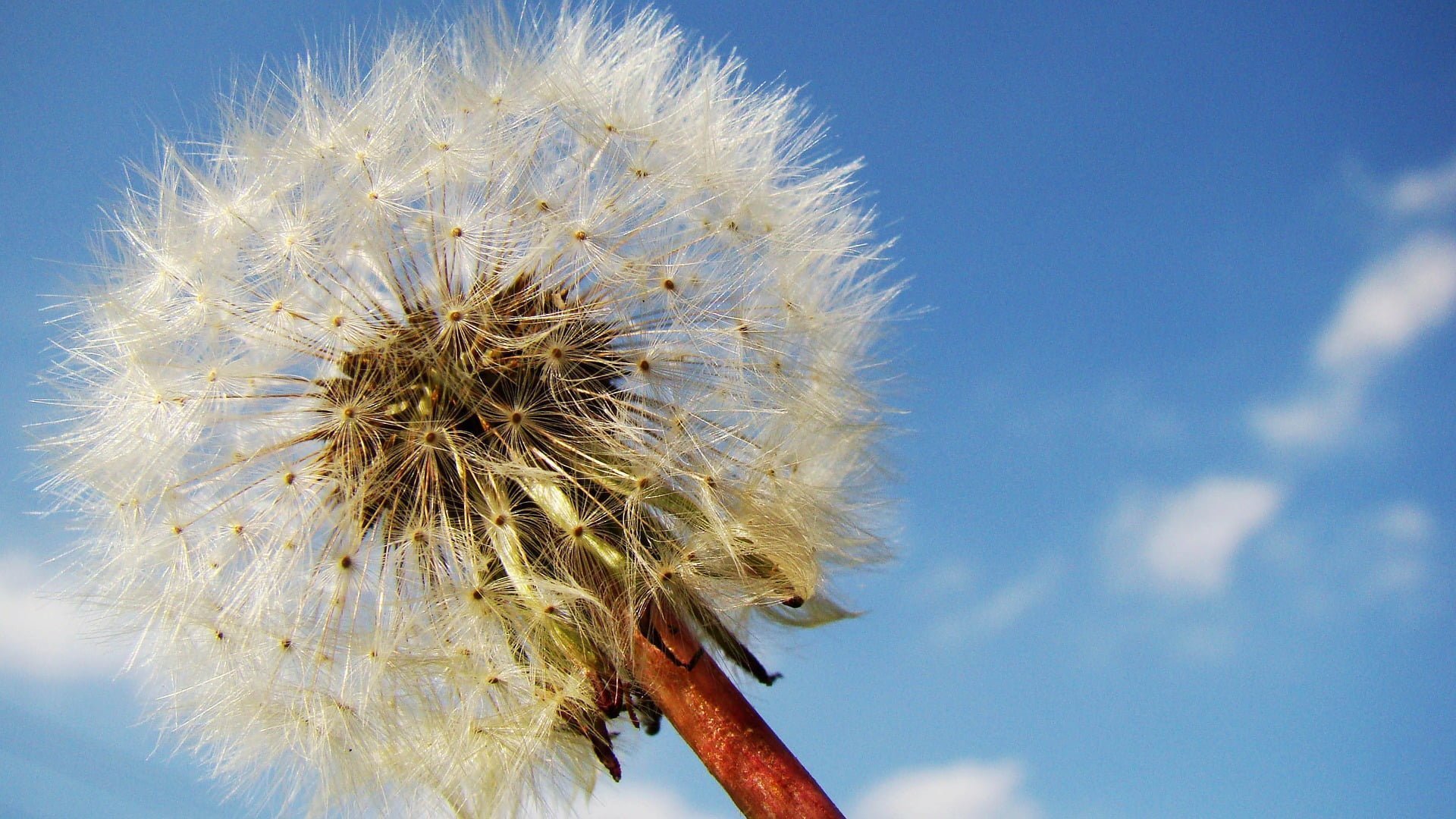Starting squash seeds indoors can give you a head start on the growing season and increase your chances of a successful harvest. It’s important to know the optimal timing for starting squash seeds indoors to ensure that your seedlings are ready to be transplanted outdoors at the right time. By following a squash seed starting guide and considering factors such as your local frost dates, seedling growth rates, and specific squash varieties, you can determine the ideal timing for starting your squash seeds indoors.
Post Summary
- Starting squash seeds indoors can give you a head start on the growing season
- Knowing the optimal timing for starting squash seeds is crucial for successful transplanting
- A squash seed starting guide and considering factors such as local frost dates and squash variety growth rates can help determine the ideal timing
- Proper care and attention, such as monitoring soil moisture and avoiding common mistakes, can lead to a bountiful harvest
- Happy seed starting!
Factors to Consider When Starting Squash Seeds Indoors
When starting squash seeds indoors, it is important to consider several factors to ensure successful germination and seedling growth. By taking into account these factors, you can determine the optimal timing for starting your squash seeds and increase your chances of a bountiful harvest. Here are some key factors to consider:
- Local Frost Dates: Squash seedlings are sensitive to cold temperatures, so it is crucial to know the average last frost date in your area. By counting back the recommended number of weeks for starting squash seeds indoors from the last frost date, you can ensure that your seedlings are ready to be transplanted outdoors after the danger of frost has passed.
- Squash Variety Growth Rates: Different squash varieties have different growth rates. Some varieties may take longer to reach transplanting size, while others may grow more quickly. It is important to consider the specific requirements of the squash variety you plan to grow and adjust your timing accordingly.
- Availability of Grow Lights: Adequate lighting is essential for healthy seedling growth. If you do not have access to a sunny window or if the natural light in your home is limited, you may need to provide supplemental grow lights. Consider the availability of grow lights and adjust your timing if necessary.
- Growth Conditions in Your Home: The temperature and humidity levels in your home can also affect seedling growth. Squash seeds require warm soil temperatures for germination, so if your home tends to be cooler, you may need to provide additional heat sources such as heat mats or heating pads.
By considering these factors and following proper seed starting techniques, you can increase the success of starting squash seeds indoors and have robust seedlings ready for transplanting when the time is right.
Factors to Consider When Starting Squash Seeds Indoors
When starting squash seeds indoors, there are several factors that you should take into consideration for optimal results. These factors include:
- Local Frost Dates: Squash seedlings are sensitive to cold temperatures, so it’s important to know your region’s average last frost date. By counting back the recommended number of weeks for starting squash seeds indoors, you can time your seed starting to ensure that your seedlings are ready to be transplanted after the risk of frost has passed.
- Growth Rates of Squash Varieties: Different squash varieties have different growth rates, so you should consider the specific requirements of the variety you are growing. Some varieties may take longer to reach transplanting size, while others may grow more quickly.
- Availability of Grow Lights: Adequate light is crucial for healthy seedling growth. If you don’t have access to a sunny window or if natural light is limited, you may need to use grow lights to provide supplemental lighting for your seedlings.
- Growth Conditions in Your Home: The temperature and humidity levels in your home can also affect seedling growth. Squash seeds require warm soil temperatures for germination, so if your home is cooler, you may need to use a heat source like a heat mat to provide the right conditions.
By considering these factors and adjusting your timing accordingly, you can ensure that your squash seedlings get off to a healthy start and are ready for transplanting at the optimal time.
How to Start Squash Seeds Indoors
Starting squash seeds indoors is a simple and rewarding process that can give your plants a head start and ensure a successful harvest. By following these steps for starting squash seeds indoors, you’ll be on your way to growing healthy and productive squash plants.
Gather the necessary materials
Before you begin, gather all the materials you’ll need for starting squash seeds indoors. This includes seed starting trays or pots, seed starting mix, and either grow lights or a sunny window for proper lighting.
Sow the squash seeds
Next, fill your trays or pots with the seed starting mix. Follow the recommended depth on the seed packet for sowing the squash seeds. Moisten the soil and cover the trays or pots with plastic wrap or a humidity dome to create a greenhouse-like environment for the seeds.
Provide the ideal conditions
Place the trays or pots in a warm location or under grow lights to provide the ideal temperature and lighting conditions for seed germination. It’s important to keep the soil consistently moist but not soggy. Once the seedlings start to emerge, remove the plastic wrap or humidity dome.
Care for the seedlings
As the seedlings grow, provide them with adequate light and water. Gradually acclimate them to outdoor conditions by exposing them to outdoor temperatures and sunlight for short periods of time. This will help them adjust to the changes and prepare them for transplanting into the garden.
Starting squash seeds indoors is a great way to get a head start on your garden and ensure a successful growing season. By following these steps and providing the right conditions, you’ll have healthy seedlings ready to be transplanted and a bountiful harvest of squash in no time.
Tips for Successful Squash Seed Starting
Starting squash seeds indoors requires attention to detail and adherence to best practices to ensure successful germination and healthy seedling growth. Here are some tips to help you get started:
1. Use high-quality seeds
Choose seeds from reputable sources to ensure good germination rates. High-quality seeds are more likely to produce healthy, vigorous seedlings.
2. Provide optimal temperature and lighting conditions
Temperature and lighting play crucial roles in seed germination. Use grow lights or place your seedlings near a sunny window to provide adequate light. Maintain a consistent temperature between 70-80°F (21-27°C) for optimal growth.
3. Monitor soil moisture
Consistent moisture is essential for successful germination. Keep the soil evenly moist, but not soaked, to prevent fungal diseases. Water the seedlings gently from below to avoid disturbing the delicate roots.
4. Avoid common mistakes
Overwatering, overcrowding, and poor air circulation can lead to problems such as damping off and weak seedlings. Ensure proper spacing between seeds and seedlings, use a sterile seed starting mix, and provide good airflow to prevent these issues.
5. Keep a record
Keeping track of your squash seed starting process can help you learn from your experiences and make improvements in future seasons. Note the dates of sowing, transplanting, and any observations or adjustments you made along the way.
By following these tips and best practices, you can increase your chances of successful squash seed starting and enjoy a bountiful harvest in your garden.
Conclusion
In this guide, we have explored the ins and outs of starting squash seeds indoors. By considering factors such as local frost dates, squash variety growth rates, and following proper seed starting techniques, you can increase your chances of success.
Remember to monitor soil moisture, provide adequate light and temperature conditions, and avoid common mistakes such as overcrowding and overwatering. These practices will help ensure that your seedlings thrive and lead to a bountiful harvest in your garden.
Starting squash seeds indoors is a rewarding experience that allows you to jumpstart your growing season and have healthy seedlings ready for transplanting. With proper care and attention, you can enjoy the satisfaction of watching your seedlings grow into productive plants. Happy seed starting!
FAQ
Why should I start squash seeds indoors?
Starting squash seeds indoors gives you a head start on the growing season and increases the chances of a successful harvest.
How do I determine the optimal timing for starting squash seeds indoors?
Factors to consider include your local frost dates, seedling growth rates, and specific squash varieties.
What materials do I need to start squash seeds indoors?
You’ll need seed starting trays or pots, seed starting mix, and either grow lights or a sunny window.
How do I sow squash seeds indoors?
Fill the trays or pots with seed starting mix, sow the seeds at the recommended depth, and cover with plastic wrap or a humidity dome.
What temperature and lighting conditions do squash seedlings need?
Provide a warm location or grow lights to maintain the ideal temperature and lighting conditions for seed germination.
How do I care for squash seedlings once they emerge?
Keep the soil moist but not soggy, provide adequate light and water, and gradually acclimate the seedlings to outdoor conditions before transplanting.
What are some tips for successful squash seed starting?
Use high-quality seeds, provide proper temperature and lighting conditions, monitor soil moisture, avoid overcrowding and overwatering, and prevent common problems such as damping off.
How can I increase my chances of success in starting squash seeds indoors?
Follow proper seed starting techniques, learn from your experiences by keeping a record, and make improvements for future seasons.
What are the benefits of starting squash seeds indoors?
Starting squash seeds indoors allows you to jumpstart the growing season and have healthy seedlings ready for transplanting, leading to a bountiful harvest in your garden.
Can the Same Method for Starting Green Bean Seeds Indoors Also be Applied to Squash Seeds?
Yes, the same method for starting green bean seeds indoors can also be applied to squash seeds. Both seeds require warm, moist environments to germinate, so using a similar method of providing the right temperature, soil, and watering schedule can help both types of seeds to sprout successfully indoors.





